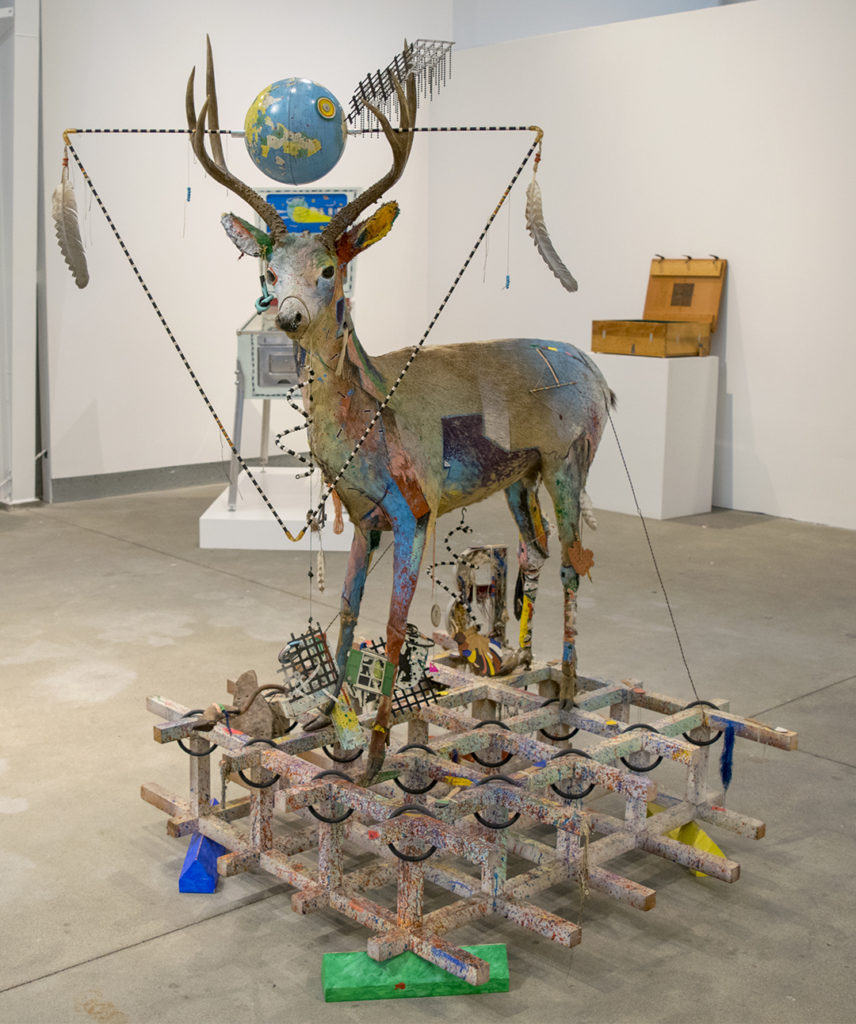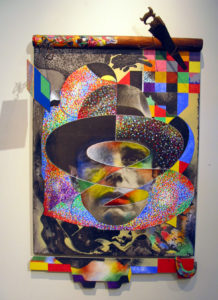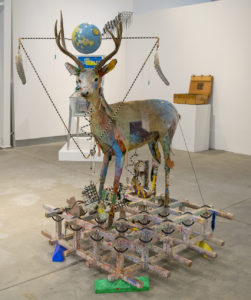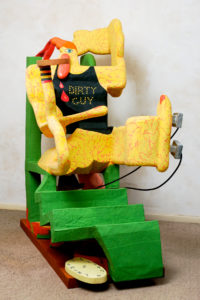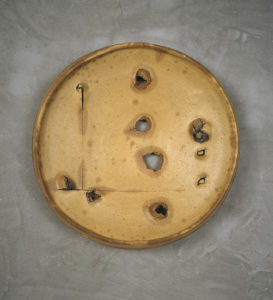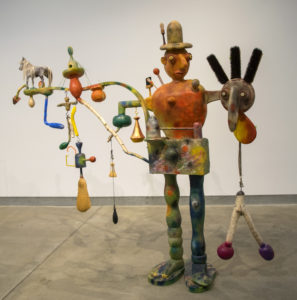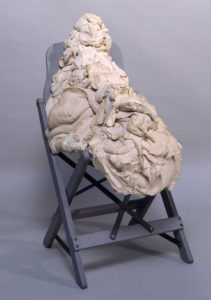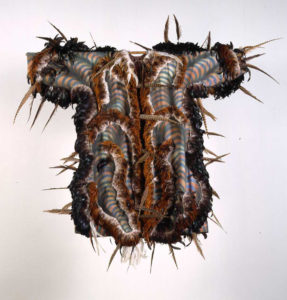About
William T. Wiley, Robert Hudson and William Allan grew up together in Richland, Washington. In the 1950s, all three moved to San Francisco, studying painting at the California School of Fine Arts (now the San Francisco Art Institute) under Clyfford Still, Hassel Smith and other major figures in the Abstract Expressionist movement. In the early 1960s, however, they broke decisively from the abstract style they had been trained in, adopting an irreverent and subversively political style often described as Dude Ranch Dada.
The three met frequently at Wiley’s studio in Woodacre, California, collaborating in their creative endeavors while discussing politics and culture. The rustic site became a source of inspiration with Wiley, Hudson and Allan creating paintings, sculptures assemblages and works on paper that incorporated materials and iconography associated with the American west. In this way, they produced tongue-in-cheek commentary on the state of postwar American culture. Their works were infused with the spirit of the Beat Generation, which had revolted against the moral authority and glossy façade of 1950s America. In the fashion of Beat poets, Wiley, Hudson and Allan used humor and irony to deconstruct the bourgeois myths upon which postwar America had been founded.
"Sometimes I think in terms of language. There are all these languages available, especially in terms of image. Why confine yourself to only English?" — William T. Wiley
